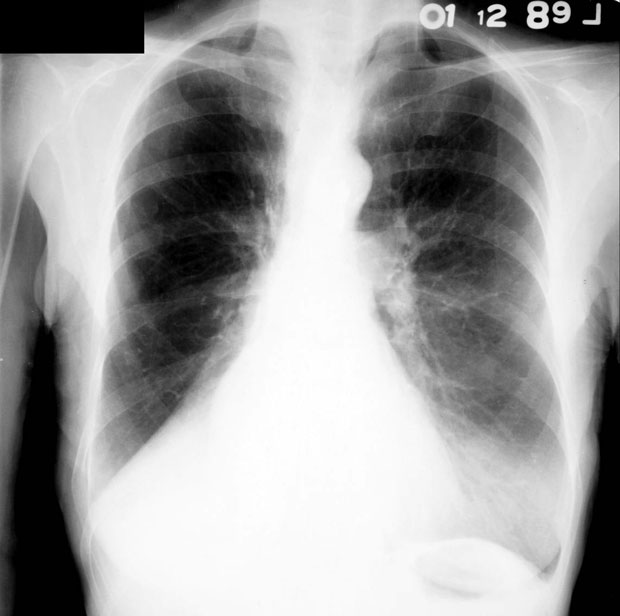Quality reporting offers ‘pick your pace’ participation
A “pick your pace” option for quality reporting under the Medicare Access and CHIP Reauthorization Act of 2015 will give internists a chance to ease into the new payment system by choosing their levels of participation.
Quality reporting is a critical component of the Quality Payment Program created by the Medicare Access and CHIP Reauthorization Act of 2015 (MACRA). However, the “pick your pace” options offered during 2017 give internists a chance to ease into the new payment system by choosing their levels of participation without threat of future penalty. This year is a transition year, but what is reported now will determine what internists are paid in 2019.
The Merit-Based Incentive Payment System (MIPS), which is part of the Quality Payment Program, is based on a clinician's performance in four reporting categories. The first is quality, which replaces the Physician Quality Reporting System (PQRS) and is worth 60% of the total MIPS score. The other three are cost (replacing the value-based modifier and worth 0% during the transition year), advancing care information (ACI) (replacing Meaningful Use and worth 25%), and improvement activities (a new category and worth 15% of the MIPS score).
Clinicians who successfully reported in the PQRS in 2016 and earlier will find that the quality category in MIPS is very familiar. While there will no longer be an option to use measure groups, the total number of required measures is down from nine to six and the domain requirement has gone away.
Clinicians choosing the “test” participation option to avoid a negative reimbursement may simply report on any one quality measure for as short as one day (or one improvement activity or the five base advancing care information measures). Partial participation requires reporting on more than one measure for at least 90 days, for which clinicians may receive a small positive adjustment depending on how they score on the measure compared to benchmarks.
Full participation for the entire 2017 calendar year (or for at least 90 days) requires reporting on at least six measures (or 15 if reporting data as a group via the CMS web interface, which is only available to large groups), including one outcome measure. If no outcome measures apply, a “high-priority” measure may be substituted. The more measures reported and the longer the time period, the greater the potential to receive additional credit toward the quality score, especially for those measures that involve a numerator and a denominator.
Clinicians in a specialty or subspecialty may report on a specialty measure set. If the specialty measure set has more than six measures, only reporting on six is required (again, including one outcome measure if available). Practices that report as a group must choose the same measures for the entire group regardless of specialty. There are several reporting methods available to individuals and groups.
The total possible score in the quality performance category is 60 points. Each measure will be assessed against its benchmarks to determine how many points the measure earns. A clinician can receive anywhere from three to 10 points for each measure. Benchmarks vary by measure and by submission mechanism (electronic health records, Qualified Clinical Data Registries, Consumer Assessment of Healthcare Providers and Systems [CAHPS], and claims). In general, the benchmarks are based on actual performance data submitted to PQRS in 2015, except for CAHPS. For CAHPS, the benchmarks are based on two sets of surveys: 2015 CAHPS for PQRS and CAHPS for accountable care organizations. Submissions via the CMS Web Interface will use benchmarks from the Shared Savings Program.
Practices with 16 or more clinicians will also be evaluated on one additional measure for hospital readmissions. CMS will calculate this measure based on claims, and clinicians do not need to report anything.
This year, during the transition, clinicians can test the waters by participating in a fairly minimal way or do more in hopes of getting a higher score. For those who have succeeded in PQRS and Meaningful Use, they may be ready to go “all in” by fully participating and report on all the required quality measures, improvement activities, and advancing care information for 90 days to a full year.
For more information about MIPS reporting and scoring, go online to ACP or to the CMS Quality Payment Program page. ACP's Quality Payment Advisor (available in April 2017) will guide ACP members in determining whether they are exempt, in an Alternative Payment Model, or are eligible for MIPS and will help them understand their level of participation as well as choose and implement measures and activities in each performance category.





